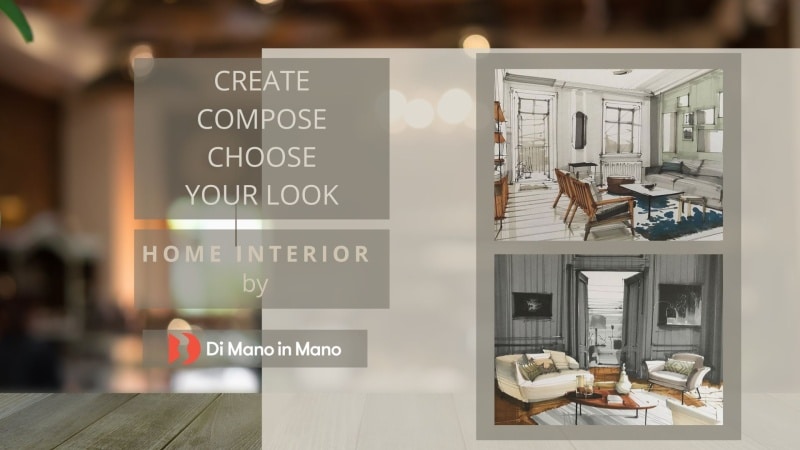
The Lambda chair was born in 1964 from the brilliant collaboration between Marco Zanuso and Richard Sapper for Gavina. At first glance, it’s a simple, industrial, almost austere object, yet it conceals years of research and experimentation.
Both designers were visionaries, decidedly ahead of their time; they formed a partnership that lasted over twenty years. United by their curiosity about new materials, they combined their experiences to create something that was easy to manufacture and suitable for mass production, while still not neglecting the importance of its aesthetic appeal.
The Lambda is the result of multiple insights: Zanuso and Sapper drew materials and production processes from the automotive world; they were inspired by nature to replicate its shapes and applied architectural principles to create its structure.

Zanuso wanted the chair to be made from a single material, experimenting with various ones in the Lambda prototypes, ranging from steel sheets to vinyl; ultimately opting for the former.
The plastic material proved unsuitable: the chair legs were too flexible. Additionally, steel sheets better suited the structure he wanted to achieve, which was inspired by the technique he had used in Brazil at the new Olivetti factory. He had been involved in building (together with architect De Rosa) a reinforced concrete vaulted ceiling and had to find a system to support the heavy material without columns. Similarly, the Lambda had to support a person, distributing their weight evenly.

Image courtesy of www.storiaolivetti.it
The chair’s stylized, delicate line reminds us of a plant; indeed, the two designers were inspired by the calla lily leaf.
The chair is entirely made of stamped sheet metal. The seat and part of the backrest are made of two sheets connected by roller spot welding.
The legs are attached to this structure with welds at two points on the seat. This construction method achieved a rigidity that allowed the creation of a chair with very thin sheet metal and a moderate weight.
The seat is comfortable and enveloping, in contrast to the cold solidity of the material.

Achieving simplicity is often a difficult process. This is demonstrated by the five years it took to reach the final version of the Lambda: simple metal sheets, shaped, welded, and spray-painted. Made in various colors, this chair embodies lightness and essentiality; an iconic piece, perfect for adding an “industrial” touch to any environment.













